In 1597, the British philosopher Francis Bacon wrote a sentence that would become famous: “ipsa scientia potestas est.” Knowledge itself is power.
In Italy, which faces a severe COVID-19 outbreak, this motto rings particularly true.
Knowledge is power. But during a time of emergency, there are two possible approaches to knowledge and power from governments:
- Responsible democracies share information, transparently, with their citizens. They spread knowledge to enable solutions. Such transparency requires courage among political leaders, but is highly precious because it promotes confidence among citizens.
- National leaders who are weak or not used to democracy do not share information as readily with their citizens. Although at first that might seem like the best solution, in the internet era information and misinformation circulate freely. That could be the beginning of the end for political leaders.
Italy, with this virus, has taken the former approach. Its leadership shared all decisions with the population. There has been a succession of detailed medical bulletins and press releases. Italians have been made aware of the problem and many of them, particularly in the critical areas, are responding to the huge sacrifices the government is requesting.
Italy has been criticized for being a hotspot of the disease, but it should be lauded for its transparency and the strict actions it took immediately. Other countries have not been so effective, so far.
On the ground in Italy
I have just returned to Italy from a trip to the United States — on a deserted flight — and I’ve found my home city of Milan to be empty. The schools are closed, while hospitals are working 24/7 in full emergency mode. But compared to the panic of a few weeks ago, when much uncertainty loomed, my country now appears more focused.
In the last three weeks, the Italian government has issued three decrees. The first came on February 22, immediately after the first patient was found in the country, introducing urgent measures regarding containment and management of the virus. It imposed school closures until at least April 3 (we are now entering the third week with students at home), and also restricted access to museums, cinemas, and public places for large gatherings. The second was issued on February 28, in order to support measures for families, workers, and business — postponing, for example, utility payments (e.g. water, gas), implementing measures to strengthen social safety nets in the “red zone” and, issuing other measures to help people affected by the consequences, even indirect, of the health emergency. The third came on March 8, addressing further measures for containing the spread of COVID-19 throughout the country.
The national health system, amidst all this, is proving to be extraordinary. Many doctors and nurses are working without rest and are voluntarily taking on extra jobs, making us Italians proud. And the government is following what specialists are suggesting: Take it step by step.
The scale of the challenge
In spite of all these heavy measures, the epidemic has continued to spread. The diffusion index (a measure of how many people one patient can infect) is high (2.5), and the mortality rate is 3.5 out of 100 patients. As of today, March 9, Italy has 7,985 cases, 463 dead, and 724 recovered. Now Italy has 4,316 hospitalized patients with symptoms, of which 733 are in intensive care, while 2,936 are in isolation at home. These are the numbers we know, but the virus is very likely to be far more prevalent than we think.
A majority of those whom the virus has killed are men over 81 years old with other health complications. Twenty percent of those who have been infected and present serious symptoms need to be intubated for respiratory failure because interstitial pneumonia develops. The healing process for pneumonia cases is very long: at least two weeks in intubation, two weeks in the hospital, and then another two weeks at home. Public health experts expect the epidemic to peak in Italy in one month. So, the road remains a long one and risks damaging the entire national economy.
The real problem is the lack of adequate intensive care facilities. At the moment in Italy, the number of hospital wards that are open to patients in need of other care (not related to COVID-19) has been cut in half, and hospitalizations not related to the virus occur only in emergency situations or for serious oncologic problems. Routine surgical operations have been postponed en masse to leave intensive care facilities available.
Efforts are underway to make 50% more beds available for intubated patients. There are plans to create resuscitation cores in hospital corridors, while retired doctors were called back into service and medical students in their final year were invited to go to the ward to help. Alarmingly, an estimated 12% of Lombardy’s doctors and nurses cannot work because they tested positive for the virus and are in quarantine themselves. Italy is looking for infectious disease specialists, pulmonologists, internists, emergency medicine specialists. In short, it needs new medical personnel who can help those who have been fighting in the trenches for weeks, and who can replace them in case of contagion.
What the united states should do
The U.S. government failed in sending experienced virologists and American medical specialists to Italy (and also to China). They could have not only helped foreign colleagues, but also observed how such countries are facing this unprecedented public health emergency with structures that have not been designed for this type of epidemic. Criticizing foreign communities does not solve the pandemic — assistance does. Global collaboration in these cases can really make the difference. China, for example, is sending Italy face masks, disposable gloves, and protective suits. We will never forget this gesture.
The Trump administration should share every decision with the population — if Italy’s case is any guide, the public will likely prove extremely collaborative. The president must not try to minimize the importance of science, nor the aggressive nature of the virus. Similarly, the administration should not attempt to censor any news, even the most alarming, and let specialists handle the matter publicly. At the end of the day, this challenge can be overcome if treated with the right procedures.
The coronavirus is not only a curse: It is also an extraordinary chance to improve our facilities and health care infrastructure — and above all, to learn and be more ready for the next emergency.
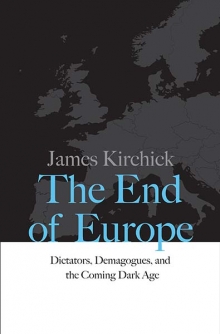
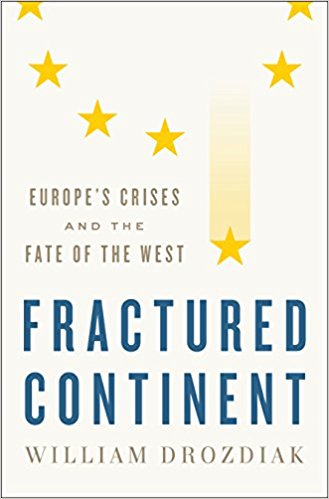

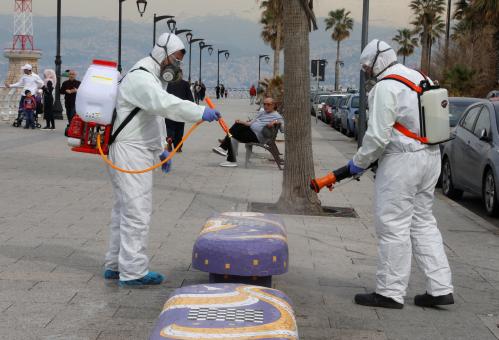
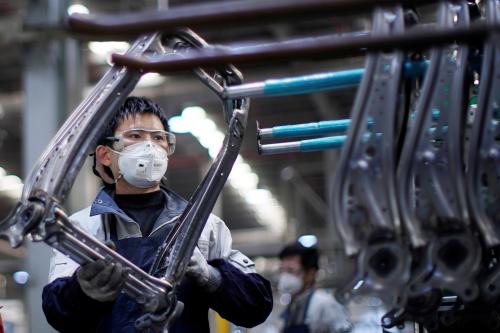
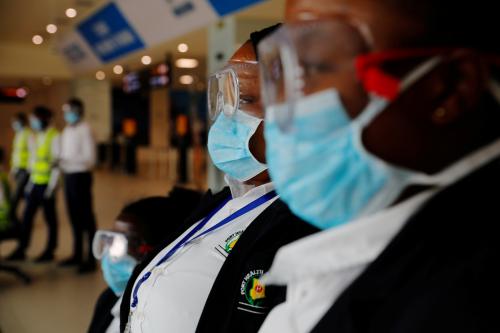

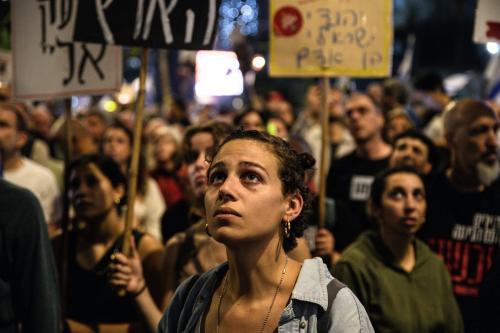

Commentary
Knowledge is power: Lessons learned from Italy’s coronavirus outbreak
March 9, 2020